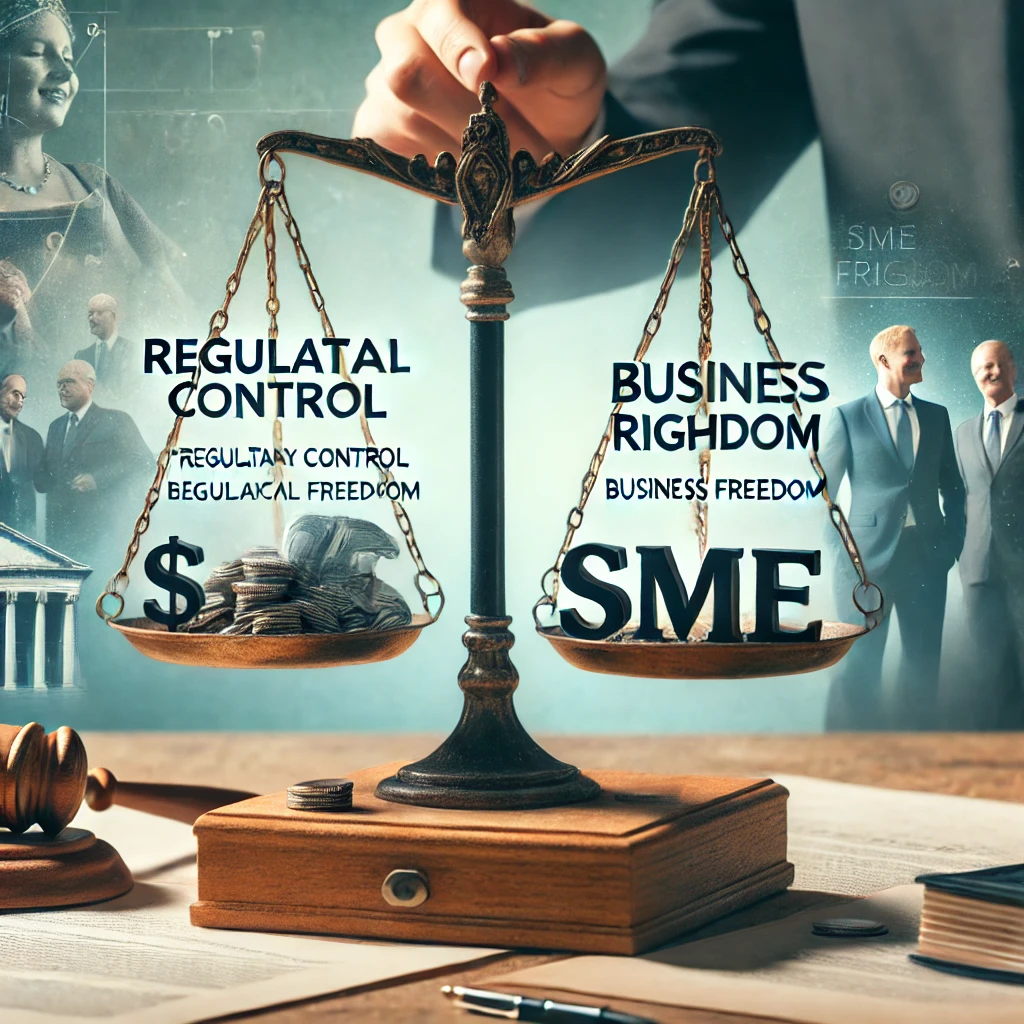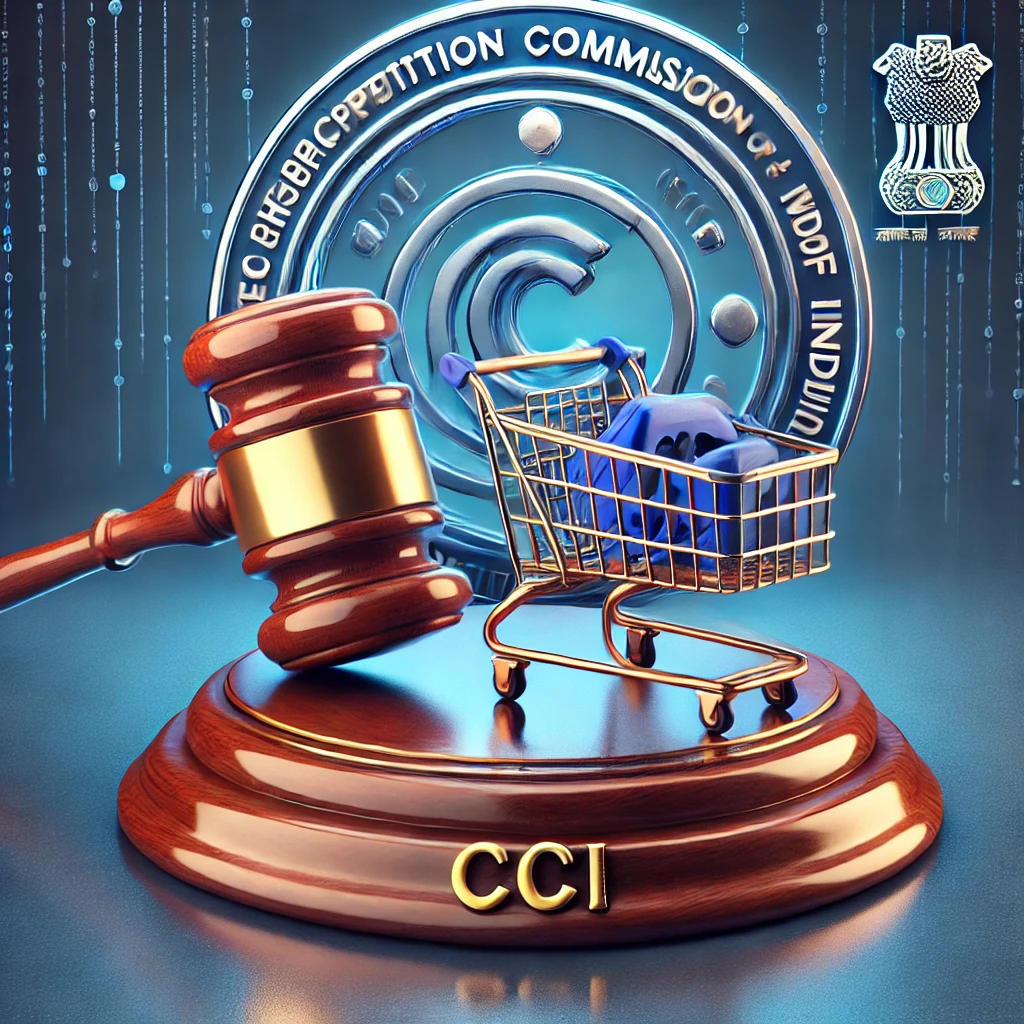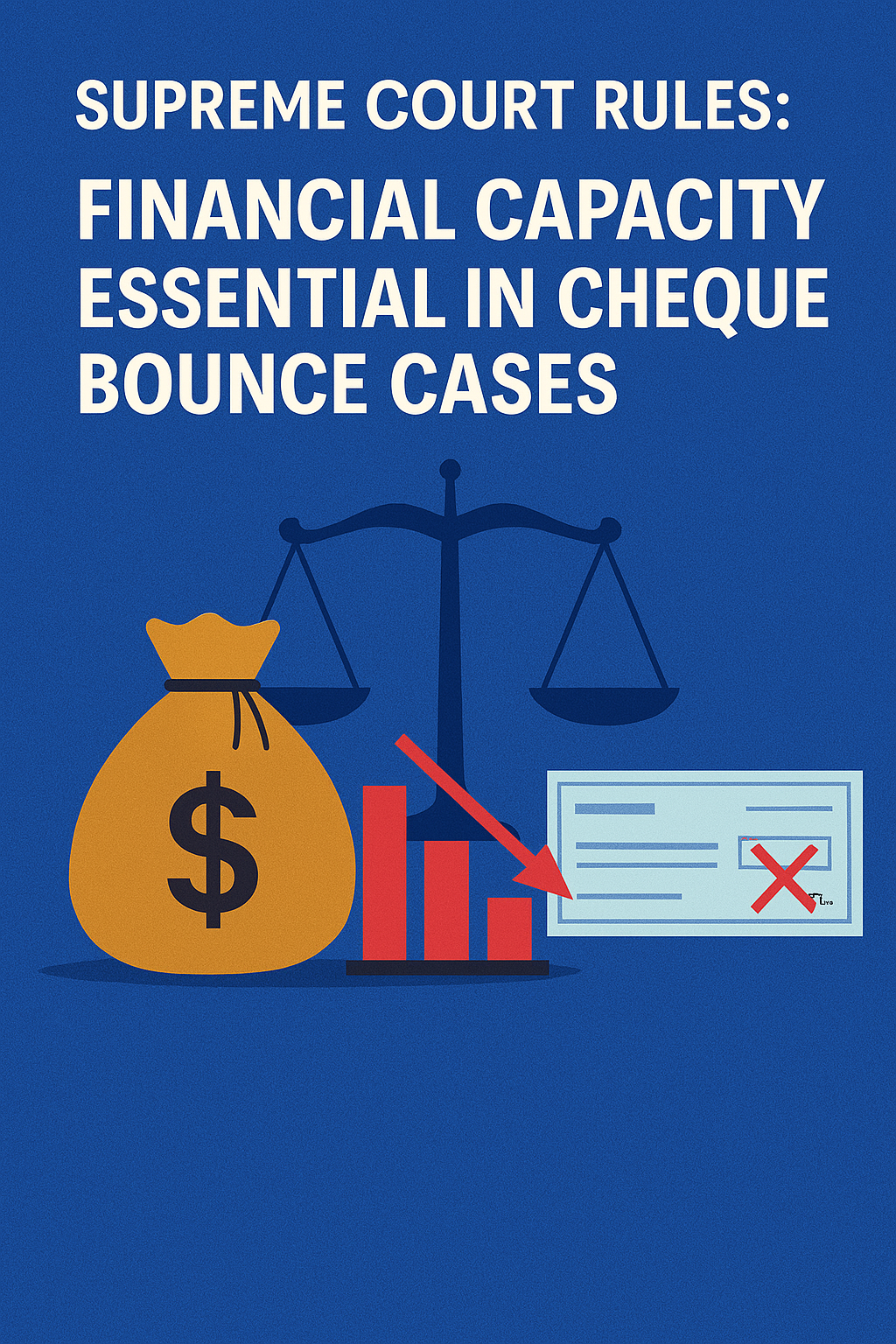Formation of Partnerships under Business Organizations
I. Introduction
A partnership is a business arrangement where two or more persons agree to carry on a business together, sharing profits, losses, and management responsibilities. It is one of the simplest and most common forms of business organization.
II. Definition and Nature of Partnership
A partnership arises when two or more persons agree to share the profits of a business carried on by all or any of them acting for all.
The agreement may be written, oral, or implied by conduct.
Partnerships are based on mutual agency — each partner acts as an agent of the partnership and can bind the others in business transactions.
III. Essential Elements for Formation
Agreement between Two or More Persons
There must be a meeting of minds — an intention to form a partnership.
Carrying on a Business
The activity must be a business, meaning a continuous and systematic operation for profit.
Sharing of Profits
The parties must agree to share the profits of the business. Sharing of losses, although common, is not always necessary to prove partnership.
Mutual Agency
Each partner can bind the partnership by acts done in the usual course of business.
IV. Modes of Formation
Express Agreement: Written or oral contract explicitly stating the formation.
Implied Partnership: Established through conduct and circumstances showing intention to act as partners.
Estoppel: When a person represents themselves as a partner, and others rely on this representation to their detriment.
Partnership by Estoppel: Where no partnership exists, but a person is treated as a partner due to representations made.
V. Case Law Examples
🧑⚖️ Case 1: Cox v. Hickman (1860)
Facts: The case involved a dispute about whether certain parties had formed a partnership.
Ruling: The court held that to establish a partnership, there must be an intention to carry on business together for profit.
Significance: Established that sharing profits alone does not create a partnership, and there must be intention and agreement.
🧑⚖️ Case 2: Mercantile Credit v. Garrod (1962)
Facts: A man allowed his name to be used by a business as a partner, although he was not an actual partner.
Ruling: The court held that the man was liable as a partner under the doctrine of partnership by estoppel because third parties were induced to believe he was a partner.
Significance: Demonstrated that partnership can arise by representation even without formal agreement.
🧑⚖️ Case 3: Polkinghorne v. Holland (1934)
Facts: Dispute about whether sharing profits was evidence of partnership.
Ruling: Court reiterated that sharing profits is prima facie evidence of partnership, but not conclusive proof.
Significance: Affirmed profit sharing as strong evidence but must be examined with other factors.
VI. Formalities
No formal registration is required for the formation of a partnership.
However, written partnership agreements are advisable to avoid disputes.
The agreement may specify capital contributions, profit sharing ratio, management duties, and dispute resolution.
VII. Rights and Duties on Formation
Partners have the right to participate in management.
Duty of loyalty and good faith to act in the partnership's interest.
Sharing of profits and losses according to agreement.
Each partner liable for partnership debts and obligations.
VIII. Summary Table
| Element | Description |
|---|---|
| Agreement | Mutual consent to form partnership |
| Business | Continuous business activity |
| Profit Sharing | Agreement to share profits is key but not sole proof |
| Mutual Agency | Partners can bind the firm in business transactions |
| Modes of Formation | Express, implied, estoppel |
| Key Cases | Cox v. Hickman, Mercantile Credit v. Garrod, Polkinghorne v. Holland |
IX. Conclusion
Partnerships are formed through mutual agreement to conduct business for profit, with shared rights and liabilities. Courts look at the intention of the parties, profit sharing, and conduct to determine if a partnership exists. Understanding the essentials prevents disputes and ensures smooth operation.




























0 comments